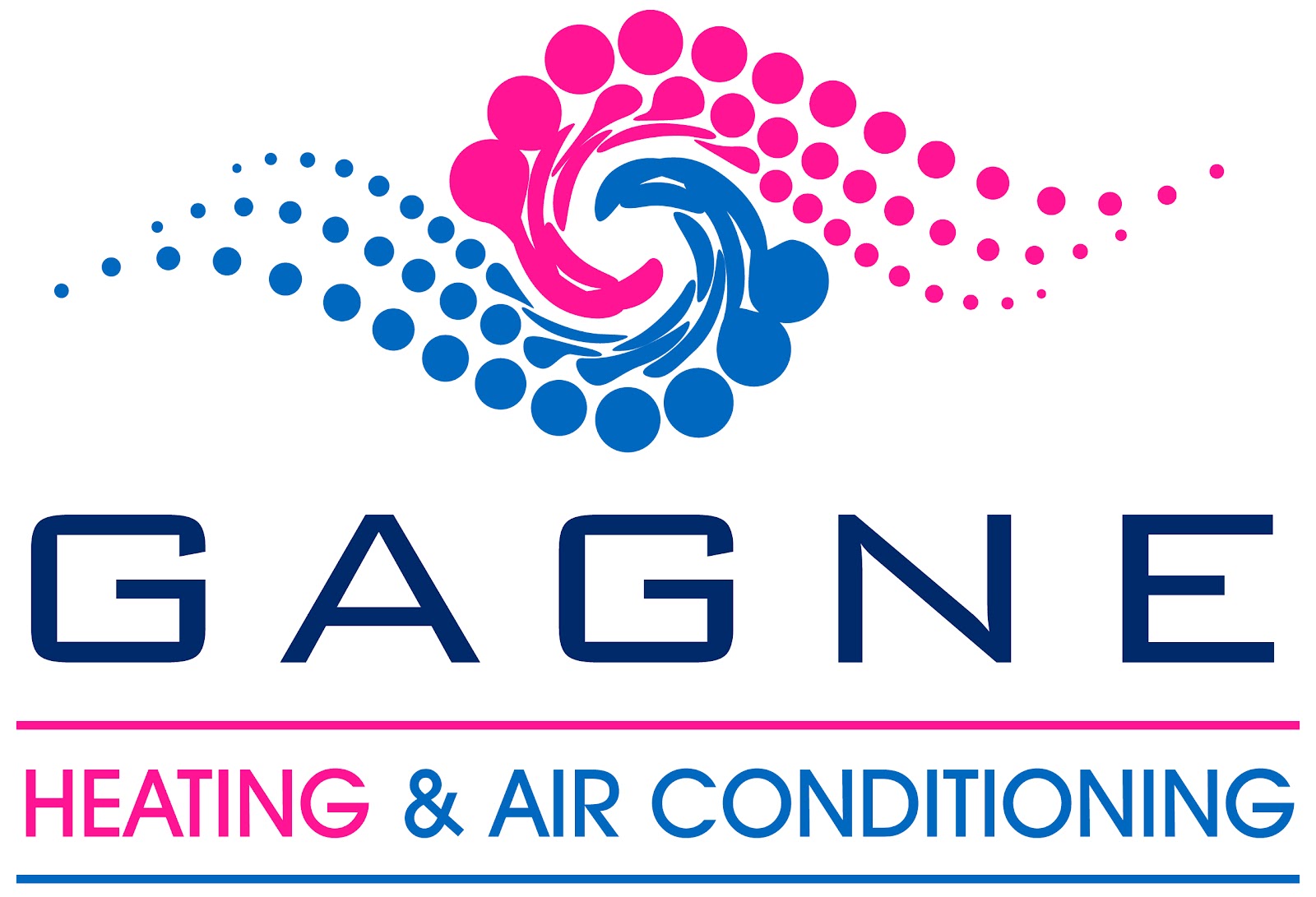Placement of your home humidifier or dehumidifier can make all the difference.

Appropriate placement of a humidifier or dehumidifier doesn’t have to be a mystery. Depending on what kind of conditions you are trying to alleviate or compensate for, both humidifiers and dehumidifiers can be advantageous solutions.
However, placement of your residential humidifier or dehumidifier can make all the difference. Here are some considerations when determining the best location for your home humidity control system:
Optimal Home Humidifier Placement Advice
There are reasons to place a humidifier in specific locations throughout a home – whether it is a more centralized space like a living area or family room that’s large enough to benefit anyone in the room, or a smaller area like a baby nursery or bedroom where closer proximity is necessary for a child or adult.
In addition, the humidifier should be sized appropriately for the particular space or room.
If a home has a second floor and the climate in the area is consistently dry, the natural inclination is to want to combat rising heat. It would be of benefit to have a humidifier or two in the room to alleviate dryness, particularly with children or adults suffering from breathing issues or coughing.
The most common spaces for humidifiers are bedrooms and baby nurseries but depending on the needs of the individuals using them, or a doctor’s recommendations, they can be placed in any room in a home or apartment.
Height
A humidifier should be placed where it is of the most benefit. Whether using an evaporative (basic) humidifier or an ultrasonic humidifier, which has a finer mist and is quieter, you want to place either type of humidifier above ground level.
Keep in mind that any area in direct proximity to the humidifier can become moist and slippery from the humidifier’s moisture output, which can cause accidents or create mold or mildew issues with carpeting or flooring beneath it.
Placement should be on a small table or other piece of furniture at least two feet off the floor. Place a towel under the humidifier to protect any furnishings.
Humidity
Before placing a humidifier and using it, make sure to use a humidity gauge (hygrometer) in the area where the humidifier is going to be used. It will indicate the relative humidity in the room.
If the gauge measures less than 40 percent, you will need to humidify the air. If it is over 50 percent, a humidifier is not necessary as any excess moisture in the air can create mold and other issues with flooring and furnishings.
Where NOT to Place a Humidifier
To avoid warmer and drier air (which defeats the purpose of a humidifier), make sure that wherever you place the humidifier is away from any vent or vents where warm or dry air is released. You don’t want to draw the needed moisture out of the area with dry heat.
Also, you certainly don’t want a humidifier anywhere close to where a young child could accidentally overturn it or drop it on themselves.
Dehumidifiers
A dehumidifier is a different portable HVAC device that removes moisture from the air. When dampness invades a space to the point that the walls are dripping and moisture is present from leakage, cooking or hanging up wet laundry, it is time to think about using a dehumidifier.
There are also health risks associated with breathing too much moisture in an area and the growth of mold and mildew can precipitate respiratory problems. In those instances a dehumidifier is a necessary item.
Residential Dehumidifier Placement
Dehumidifiers should be placed in areas where moisture accumulation and buildup seem to be an ongoing problem, or where there is limited ventilation and absence of windows, fans or air conditioning. When working appropriately, dehumidifiers can help rid an area of moisture, odors and other accumulated airborne problems like smoke, mold and mildew.
Bathrooms, laundry rooms, kitchens, closets, basements and other enclosed areas where moisture can collect are the spaces where excess moisture can wreak havoc on walls, furnishings, appliances and flooring. Both smaller and larger dehumidifiers can be placed in any one of these locations to offset moisture buildup and deter mold and mildew growth.
Talk to an HVAC Expert for the Best Results
Not sure where to put your home humidifier or dehumidifier for the best results? Have you considered ditching a portable humidifier for a whole home humidifier for maximum benefits?
A knowledgeable HVAC expert at Gagne Heating & AC can help you determine the amount of space that needs to be covered and the right size appliance for proper distribution within a room or area. As a family-owned and operated business, we are committed to helping safeguard your family’s health, and the structural integrity of your home and its contents. Contact us today for expert advice.

